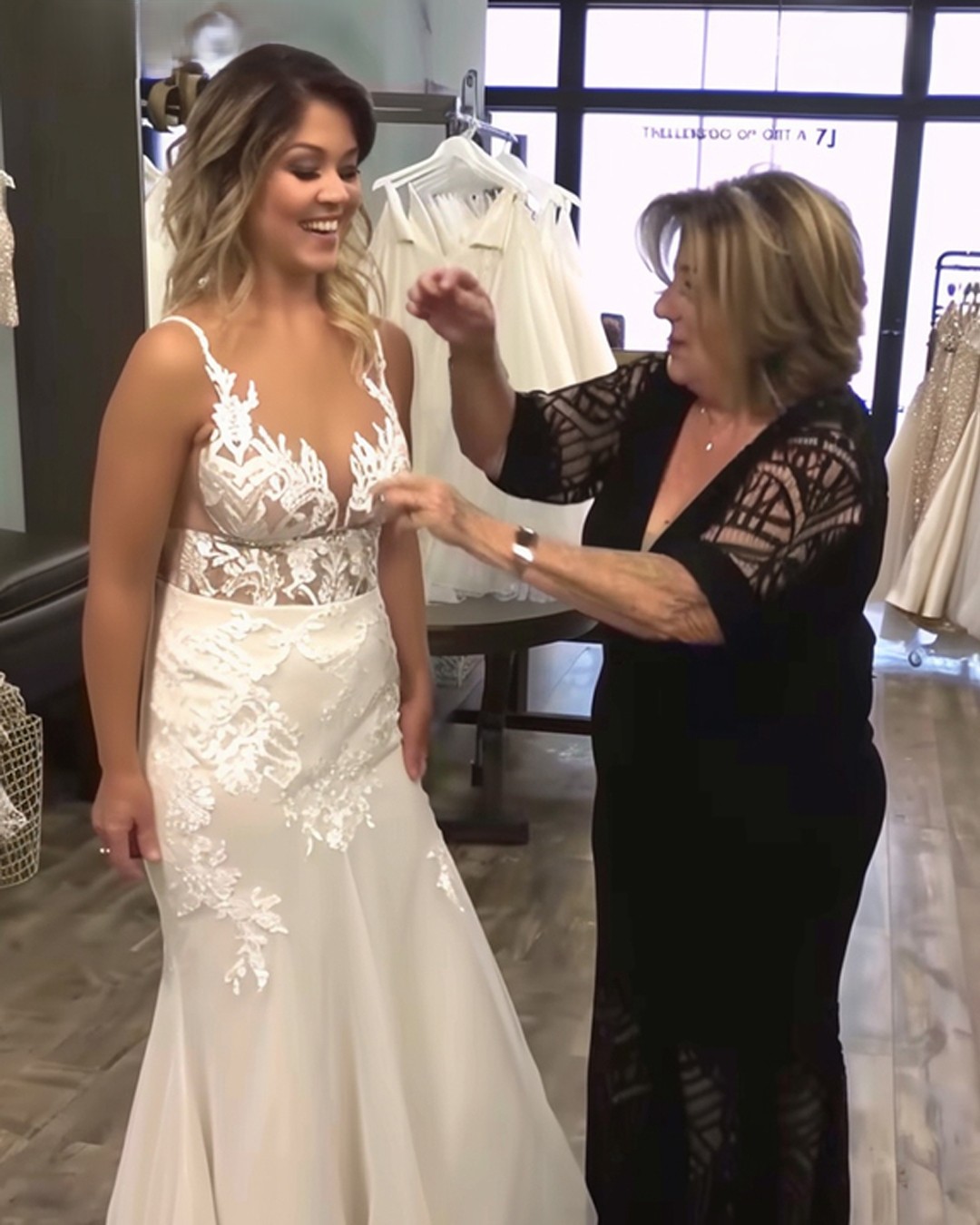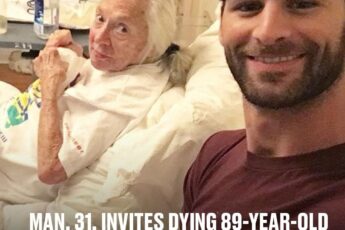I grew up in a house that, from the outside, looked like it belonged on the cover of a lifestyle magazine. The hedges were always freshly trimmed, the grass cut in even lines, and the porch dressed with seasonal wreaths that rotated as predictably as the months themselves. Inside, every plate matched, every throw pillow was replaced at the right time of year, and the dining table was staged like it was perpetually waiting for a photo shoot. Strangers walking by might have thought we were the perfect family. But behind that curated exterior, love in our house came with strings attached. It wasn’t something given freely. It was measured, weighed, and only handed out when you fit the role expected of you.
My mother, Janet, was the architect of this image. She had a way of looking at people the same way she looked at wallpaper: as decoration, as something meant to match, to enhance, to blend neatly into the world she designed. If you didn’t match her vision, you were out of place—an eyesore she would quietly, but persistently, try to cover up. She was polite, charming even, when others were watching. But when it came to me, she seemed always to notice the flaws, the smudges, the things she wished she could scrub away.
And me? I was the messy fingerprint on her spotless glass. The streak of color in a black-and-white palette. I wasn’t delicate or neat; I was loud when I laughed, impulsive when I spoke, and careless in the ways she found most unforgivable. Where she valued control, I brought chaos. Where she prized order, I created clutter. And instead of being embraced as part of the family’s texture, I became the mark she kept trying to erase.
I’m Casey. I’m 25 now. I work as a chef, which means my days are spent surrounded by heat, noise, and endless possibilities to create something beautiful out of raw, mismatched parts. It’s a career that feeds my restless hands and my need for expression. But beyond that, I carry a dream that’s been quietly burning in me for years: filmmaking. Food fuels me, but stories sustain me. They’re the reason I keep moving, keep pushing. I want to tell the kinds of stories that make strangers cry in dark theaters, the kind where the credits roll and people sit still for a moment, unwilling to leave because they’re not ready to return to their own lives just yet.
But the story that wrecked me? The one I couldn’t escape no matter how I tried to reframe it? It wasn’t projected on a screen. It was my own life.
There’s something brutal about realizing your first heartbreak doesn’t come from a failed teenage romance, but from the parent who never figured out how to love you without conditions. I remember being eight years old, holding up a drawing I had made in school—a messy rainbow scrawled across paper, my name written in oversized, clumsy letters. I thought she’d be proud. Instead, she pointed out the lines I hadn’t stayed inside of, how the colors bled into each other, how it wasn’t “neat.” At that age, I didn’t have the words to explain how small that made me feel. I only knew that my pride turned to shame in an instant, and I began to see my efforts through her eyes: flawed, unworthy, disappointing.
By the time I was a teenager, I had learned the rhythm of her disapproval so well it became like background music. If I dressed the way she wanted, spoke the way she expected, I could earn her smile. If I strayed too far, she grew distant, her silence louder than any shout could have been. She didn’t need to tell me when I had failed her vision—I felt it in the way she pulled back, the way her eyes hardened, the way affection became suddenly scarce.
Cooking, strangely enough, was my rebellion and my salvation. In the kitchen, mess wasn’t just tolerated—it was essential. Flour dust on counters, butter smeared across fingertips, the hiss of oil meeting onions in a pan. These weren’t mistakes; they were part of the process. Food didn’t demand perfection; it rewarded passion. It taught me that imperfection could be delicious, that beauty could come from something chaotic. Every dish I created felt like proof that the smudges I carried weren’t defects but part of what made me capable of creating something worth savoring.
Still, no matter how much comfort I found in flavors, my mother’s voice lingered. It trailed me into adulthood, echoing in my head when I stood over a plate I wasn’t sure was good enough, or when I sat down to write a film scene that felt too raw, too personal. Her conditional love planted doubt like weeds, wrapping around my confidence and threatening to choke it out.
And yet, somewhere in me, there’s still the stubbornness she hated—the streak she could never erase. Maybe it’s what keeps me chasing stories, even when they scare me. Maybe it’s what pushes me to imagine putting my own pain on screen one day, to craft a character who grows up in a picture-perfect house that hides its cracks, a character who struggles against the weight of never being enough. I think about audiences sitting in the dark, watching that story unfold, and realizing they’re not alone. That even the most curated lives can conceal messy, complicated truths.
When I tell people I’m a chef, they picture plates of food, bustling kitchens, and late nights. When I tell them I want to be a filmmaker, their eyes light up, imagining Hollywood dreams and red carpets. But for me, it isn’t about glamour or fame. It’s about taking the fragments of my own life—the perfection on the outside, the conditions on the inside, the fingerprints that wouldn’t come off—and turning them into something bigger than myself. Something that might make someone else feel seen.
Because if there’s one thing I’ve learned, it’s that stories save us. They remind us we’re not defined by how others see us. They show us that even fingerprints, no matter how messy, leave a mark. And maybe that’s the point. Maybe the mark I leave doesn’t need to be wiped away. Maybe it was never meant to.






